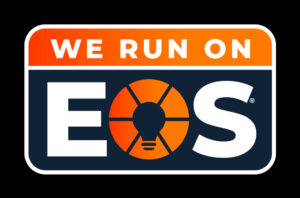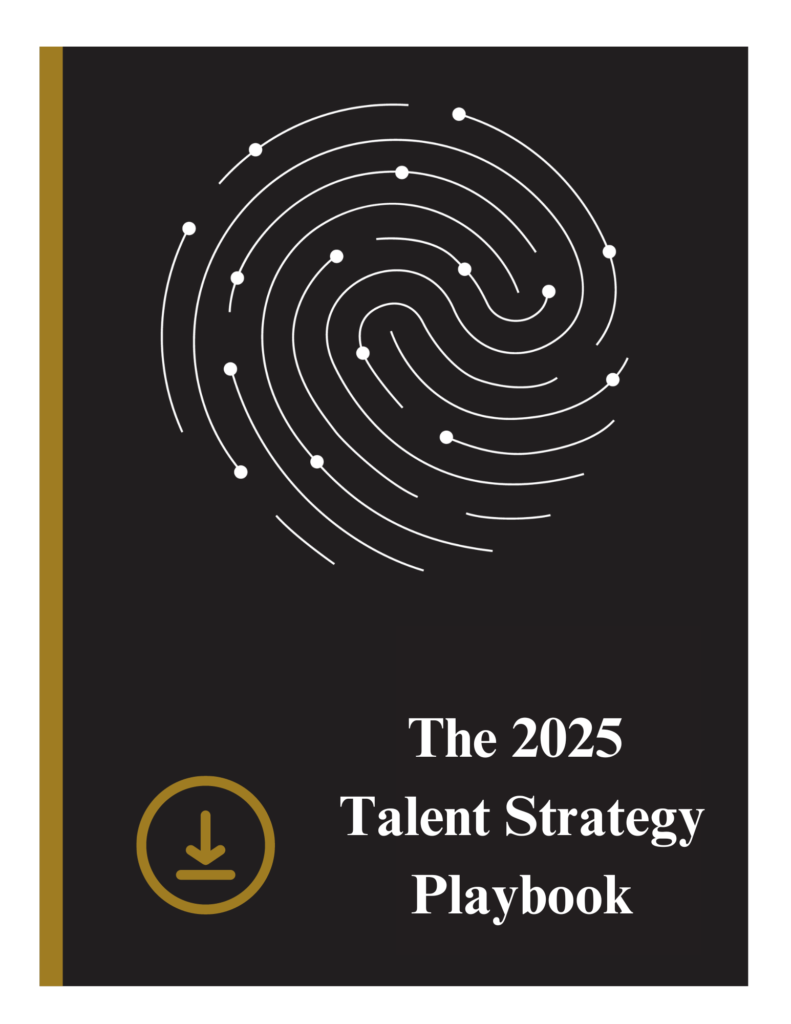Strategies to Ensure You’re Picking the Best Hire
by Ashley Ward
When looking at candidates for a new job, there is a common question. It’s a question many high-level professionals ask and have been asking for years. This question is, “How can I guarantee this candidate will perform?” At W Talent Solutions, we have the answer for you.
In order to guarantee a candidate will perform, you have to look at the candidate as a whole. This is our exact strategy when looking at candidates. When we say the whole person, this means the head, the heart, and the briefcase that the candidate carries. But what does that mean?
The Head
The head is built up of a few different things. All of these things come from a measurement, meaning there is no gray area, they cannot be argued, they are reliable, validated, and tested. Measuring what is in a candidate’s head consists of cognitive tests, their education, skill assessments, and certifications that the candidate has. Understanding what is in a candidate’s head can give you an advantage when hiring. For instance, a candidate that has a degree in accounting might be better suited for a project accountant role rather than a candidate who has a degree in general business management. At W Talent Solutions, we use The Predictive Index Cognitive Assessment to take a deeper look at what is in a candidate’s head. This assessment helps us understand how well a candidate will be able to adapt to quickly changing information.
The Heart
Understanding what is in a candidate’s heart is a larger advantage than many people seem to realize. Again, this comes from measurement or direct observation, there’s no gray area, it can’t be argued, and it’s validated, tested, and reliable. The best way to look at what a candidate has in their heart is to administer personality or temperament assessments, look at their behaviors and end values, consider what kind of culture fit this candidate would be and compare the candidate to competency models.
Once again, at W Talent Solutions, we use the Behavioral Assessment from The Predictive Index. With a total of 17 profiles, we can evaluate if a candidate has the type of heart that is needed for the position. The behavioral assessment also helps us understand what motivates a candidate. It measures the top four behavioral drives that are associated with success in the workplace. It is specifically designed for equitability and inclusivity. For instance, when comparing two candidates for a job that requires a lot of collaborative work. Using the results on the behavioral assessment can show how which candidate is naturally inclined to be more collaborative, helping you make a more informed decision.
The Briefcase
What’s in a candidate’s briefcase is what has always been looked at when comparing candidates. Their briefcases are built up of skills and experience. Looking at past job experience as a candidate has and how skills learned in those roles will be translated over into the open position can obviously be helpful when comparing candidates. Again, these are things that have no grey area and cannot be argued.
Alright, so you’ve gathered the 360-degree view of your candidate. What now? The best way to guarantee a candidate will perform is to use a scorecard. Entering everything that you’ve learned about the candidate, giving it a weight and then a subsequent score will give you a crystal-clear vision of whether a candidate will perform or not. Understanding the rubric can protect you from an unqualified candidate and help you to hire total rock stars. Using this process will also lead to enhanced diversity, equity, and inclusion in your hiring practices. Looking at just the facts of a candidate removes bias.
Using our methods, we can guarantee that the candidate we find for you will perform. These practices have been tried and tested and are backed by science. If you would like to learn more about our process or would like to consult on an open role within your company, feel free to contact us.



















